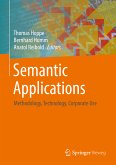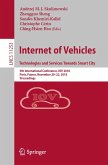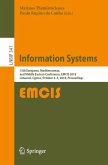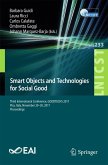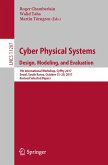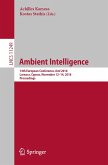Specifically focusing on WiFi fingerprint based localization via crowdsourcing, the book follows a top-down approach and explores the three most important aspects of wireless indoor localization: deployment, maintenance, and service accuracy. After extensively reviewing the state-of-the-art literature, it highlights the latest advances in crowdsourcing-enabled WiFi localization. It elaborated the ideas, methods and systems for implementing the crowdsourcing approach for fingerprint-based localization. By tackling the problems such as: deployment costs of fingerprint database construction, maintenance overhead of fingerprint database updating, floor plan generation, and location errors, the book offers a valuable reference guide for technicians and practitioners in the field of location-based services. As the first of its kind, introducing readers to WiFi-based localization from a crowdsourcing perspective, it will greatly benefit and appeal to scientists and researchers in mobile and ubiquitous computing and related areas.
Dieser Download kann aus rechtlichen Gründen nur mit Rechnungsadresse in A, B, BG, CY, CZ, D, DK, EW, E, FIN, F, GR, HR, H, IRL, I, LT, L, LR, M, NL, PL, P, R, S, SLO, SK ausgeliefert werden.



